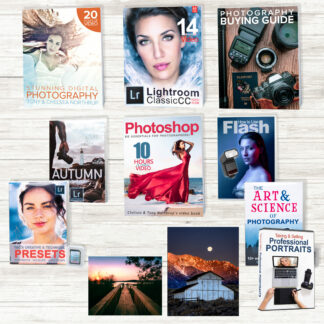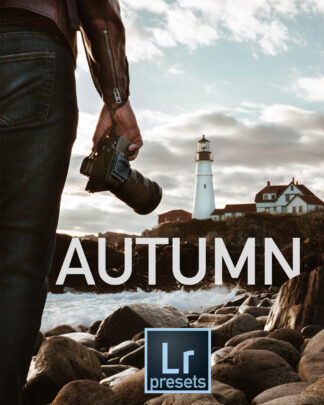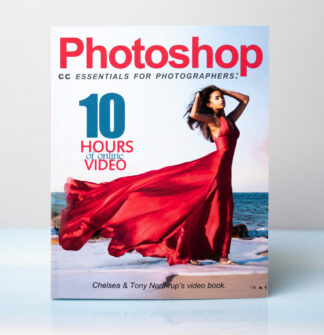Megapixels describe the picture size a digital camera produces. Usually, the more megapixels a camera has, the better. However, if you’re using an unsharp lens (such as a consumer kit lens), megapixels might not make any difference. A megapixel is a million pixels (picture elements, or more simply, colored dots) that make up a picture. So, a one megapixel picture (about the size you’d see on the web) is made up of a million dots, and an eight megapixel picture (which would make a nice 8×10” print) is made up of eight million dots. To calculate the dots, multiply the width and height of the picture. So, a 1600×1200 picture is about 1.9 megapixels, and a 4000×3000 picture is about 12 megapixels. The following table puts megapixels and photo resolution in perspective by showing the maximum size you can make a camera’s photos while still maintaining clarity. The cameras used range from a camera phone to a professional medium-format studio camera that costs more than a new BMW.
| Megapixels | Resolution | Print Size (300 dpi) | Sample Camera |
| 8 | 3264×2448 | 8×10” | iPhone 5 |
| 12 | 4272×2848 | 9×12” | Canon T3 |
| 16 | 4928×3264 | 11×14” | Nikon D7000 |
| 21 | 5616×3744 | 12×19” | Canon 6D, 5D Mark III |
| 33 | 6726×5040 | 17×22” | Mamiya DM33 |
| 36 | 7360×4912 | 18×24” | Nikon D810 |
| 60 | 8956×6708 | 22×30” | Hasselblad H4D-60 |
| 200 | 16352×12264 | 40×54” | Hasselblad H4D-200MS (still subjects) |
You can make a nice 8×10” print with a camera phone. So, why would you ever want more?
- Bigger prints. 300 dots per inch (DPI) are ideal for printing. 200 DPI look good, too; the picture won’t be quite as sharp, but you won’t notice when viewing the picture from a distance. The farther away you are, the lower the DPI you need; I’ve made billboards with a 6 megapixel camera, and they looked fine because of the large viewing distance. At 300 DPI, you’ll need a 15 megapixel camera to make an 11×14” print, a 30 megapixel camera to make a 16×20” print, and a 50 megapixel camera to make a 20×30” print.
- Cropping. Those print size estimates assume you use every last pixel. Yet, if you print an 8×10”, you’ll crop off about 7% of the image because your camera’s sensor is a bit wider than an 8×10” print. If you want to rotate an image 90° to crop a horizontal shot to a vertical portrait, you’ll lose more than half your megapixels. Cropping a full-body picture of someone to a headshot can reduce your pixel-count by 75%. Having more pixels means having more cropping flexibility.
- Noise. All camera sensors have noise visible when you view a picture at full resolution. Generally, pictures aren’t viewed at full resolution, however, the more pixels you start with, the less noise there will be when you share pictures on the Web or view smaller prints.
- Selling pictures. Microstock agencies charge more for larger pictures, so higher resolution images can make more money.
There is a downside to larger megapixel counts—bigger file sizes. Bigger files take more space on your memory card and on your computer, and editing your pictures takes longer. However, memory cards and disk drives are cheap nowadays, and most cameras allow you to shoot at a lower megapixel count when you need to. Many people choose Sony and Nikon cameras over Canon and Micro Four-Thirds cameras because Sony sensors (which Nikon uses in their cameras) have higher megapixel counts. For example, many new photographers must choose between the 18 megapixel Canon T5 and the 24 megapixel Nikon D3300. With 33% more pixels, the D3300 must produce sharper images, right? It can, but the sharpness will be the same for most photographers, because there’s another factor: the lens. Both cameras come with a kit lens that’s not as sharp as it could be: DxOMark rates them both at about 9 megapixels. Therefore, if you just use the kit lens, both cameras will produce similar details, and you won’t even be making use of the T5’s full 18 megapixels. So, if you plan to use only the kit lens, you can safely disregard the difference in megapixels and instead base your decision on how the camera feels in your hand, focusing speed, price, and other factors. However, if you plan to replace your kit lens with the incredibly sharp Sigma 18-35 f/1.8 lens (the sharpest APS-C zoom lens available), you will get sharper pictures from either camera. DxOMark rates the Canon T5 with the Sigma 18-35 at 15 megapixels, while it rates the D3300 with the same lens at 17 megapixels. In this example, the D3300’s 33% more megapixels produced about 13% more detail. Here’s another comparison: the 24-megapixel Canon 5D Mark III and the 36-megapixel Nikon D800E. When connected to the excellent Tamron 24-70 f/2.8 lens (the sharpest zoom lens available in that range), DxOMark rates the Canon combination at 18 megapixels of detail. The Nikon combination rates 23 megapixels of detail. In this example, Nikon’s 50% more pixels results in 28% more sharpness. These tests are conducted in ideal conditions. Any sort of camera shake, subject movement, or atmospheric conditions (such as humid air) will further decrease the importance of additional megapixels. However, in our testing with sharp lenses, Nikon’s higher megapixel sensors do have noticeably more detail when you use a sharp lens. Before you decide to buy a high megapixel camera and an expensive, sharp lens, ask yourself whether sharpness and detail will have a noticeable impact on your photography. For most casual photographers, sharpness doesn’t matter at all. Most casual photographers only ever share their images online, where people view images at no more than 2 megapixels, and nobody would ever be able to tell the difference between a high megapixel camera with a sharp lens and a low megapixel camera with a cheap kit lens. Even if you have a huge 4k monitor and you view the image full-screen, it will only have a resolution of 3840 x 2160, which is about 8 megapixels. In other words, even the most basic cameras capture far more megapixels than you could ever view online. Rather than spending their budget on expensive cameras and lenses just to get more sharpness, most photographers would be better served by choosing less sharp gear and setting aside more of their budget for lighting and training. Consider a portrait photographer with a total budget of about $5,500. He could spend his budget in two ways:
- Buying a 36-megapixel D810 ($3,300) and a Nikon 70-200 f/2.8 ($2,200).
- Buying a 24-megapixel D3300 ($400), a Tamron 70-200 f2.8 ($1,300), a set of four Paul C. Buff Einstein lights with modifiers (about $3,000), and light stands, backdrops, stools, and fans ($800).
Sure, the D810 would produce sharper images, but the extra lights will have more impact on the final picture quality. Similarly, a landscape photographer with an extra $1,000 in his budget will do more to improve his portfolio by spending the money on a trip to Glacier National Park than he would buying more megapixels and sharper glass. Megapixels are the last thing most photographers should worry about. Wildlife photographers, however, are an important exception. Wildlife photographers almost always crop their pictures because they can’t get close enough to the animals to fill the frame. Sharpness makes a huge difference on image quality for wildlife photos, too. Therefore, high megapixels and a sharp lens are more important to wildlife photographers than they are to portrait, landscape, or even sports photographers.





